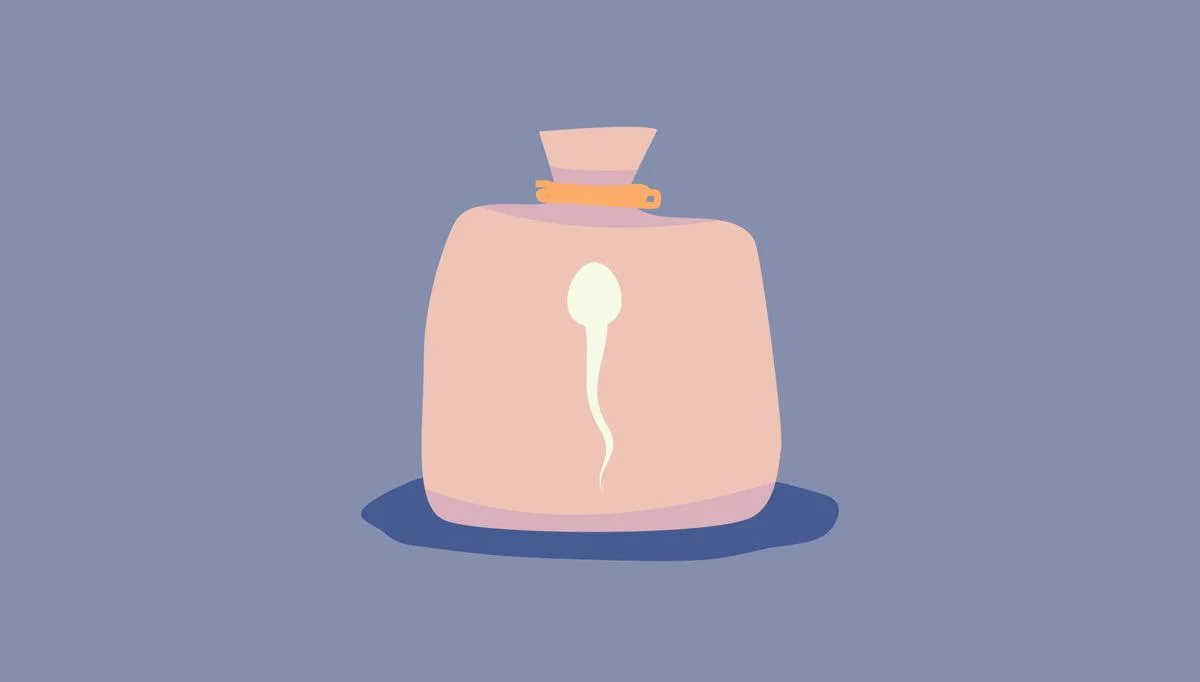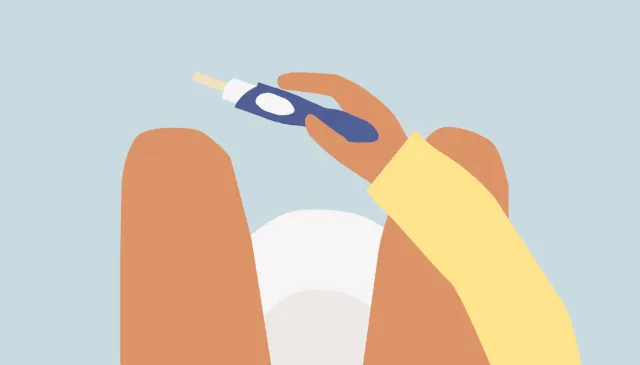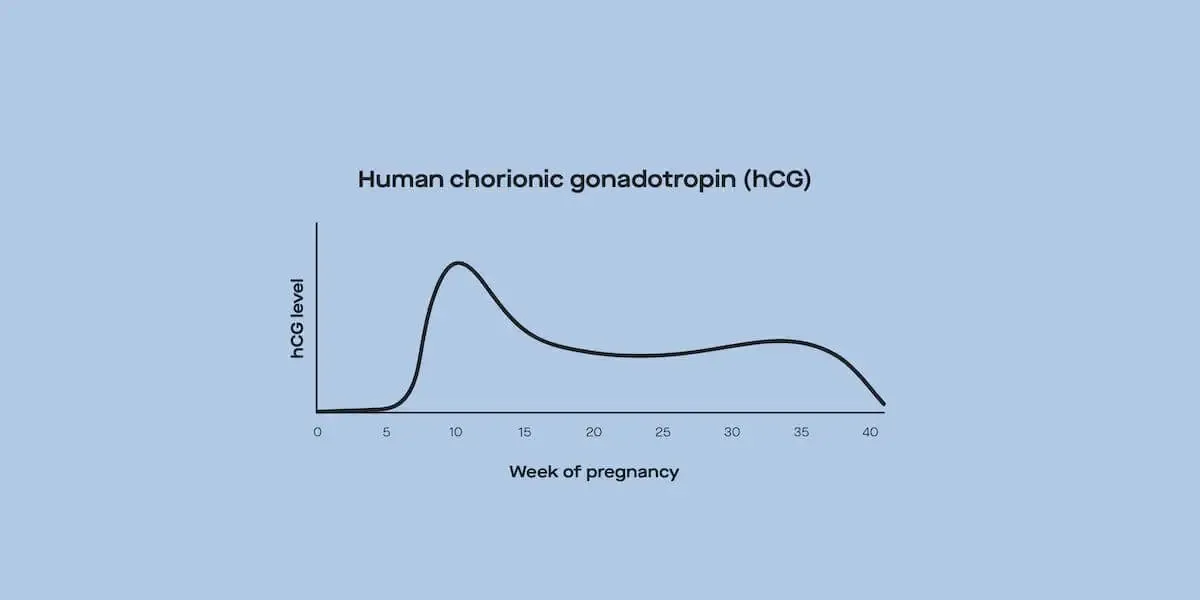What is perimenopause: first signs to know
Written by Ashley Braun, RD, MPH and
Written by Ashley Braun, RD, MPH and
last updated: Aug 26, 2021
5 min read
Here's what we'll cover
Perimenopause marks a significant change in a woman’s health. It’s the natural transition from years of menstrual cycles to the end of a woman’s reproductive years. For some women, it may be a relief to no longer have monthly cycles. Still, the hormone changes may lead to other symptoms and health changes in a woman’s life.
What is perimenopause?
Perimenopause is the time when your body begins to naturally transition towards menopause. It’s also referred to as the menopausal transition.
During this transition, the body starts to produce less estrogen. Hormone levels often fluctuate, rising and falling unevenly. Your menstrual cycles may become irregular, and there may be some months where you don’t ovulate (Peacock, 2021).
Usually, the perimenopausal stage begins as a part of the natural aging process. Menopause marks the end of childbearing years for women. While it’s still possible to become pregnant during perimenopause, it’s less likely because of the fluctuations in hormone levels and less frequent ovulation.
Signs and symptoms of perimenopause
Throughout perimenopause, the types of symptoms and how often they occur may vary. Some symptoms may come and go with these hormonal changes. Other people may experience the signs of perimenopause more consistently.
Here are some of the common signs of perimenopause that you could experience (Santoro, 2016; Delamater, 2018):
Hot flashes
Vaginal dryness
Tender breasts
Low sex drive or libido
Fatigue
Depressed mood and increased anxiety
Sleep problems and sleep disturbances
Night sweats
Urine leakage and feeling like you need to pee often
Stages of menopause
Often, people simply group the stages of menopause into one, saying generally, “I’m going through menopause.” However, there are some distinctions between the stages (Santoro, 2016).
Perimenopause: This is the time leading up to menopause when hormone levels fluctuate, menstruation becomes irregular, and you may experience other symptoms.
Menopause: This stage is reached after 12 consecutive months without a menstrual period. The average age for reaching menopause is 51 years old, though it can happen earlier.
Postmenopause: This is the time after officially reaching menopause. Often, for postmenopausal women, symptoms occur less often or resolve completely.
When does perimenopause start?
For many women, perimenopause begins during their 40s. However, it could start in the 30s, or for some women, as late as their 50s.
On average, women experience about four years of perimenopause. The exact amount of time will vary. Some women may experience perimenopause for only a few months, while others could be in this stage for 10 years (Peacock, 2021).
Perimenopause ends when you’ve gone 12 consecutive months without a menstrual cycle—that’s when you’ve officially reached menopause.
Causes of perimenopause
Perimenopause is a normal part of getting older. This type of menopause is sometimes called natural menopause, which starts when the ovaries naturally start producing less estrogen. With lower estrogen levels, levels of follicle-stimulating hormone (FSH) and luteinizing hormone (LH) increase (Peacock, 2021).
The changes in hormone levels that occur during perimenopause cause the symptoms to develop.
Some women may enter into “forced” menopause from some medical conditions, medications, or procedures. Possible causes include (Peacock, 2021):
Antiestrogen treatments for endometriosis and breast cancer
Chemotherapy treatments for cancer
Hysterectomy (removal of the uterus or womb) and oophorectomy (removal of one or both ovaries)
Risk factors for early perimenopause
Menopause is a natural part of life, and it’s normal for some women to experience it earlier than others. Still, research shows some risk factors increase the likelihood of starting perimenopause early, including:
Smoking: Research shows that cigarette smoking is associated with an increased risk for early perimenopause (Whitcomb, 2018).
Genetics: Your family history and genetics can increase your chances of developing early menopause (Spath, 2012).
Some medical treatments: Some necessary medical treatments increase your risk for “forced” menopause, including chemotherapy, other cancer treatments, antiestrogen medication, and hysterectomy (Peacock, 2021).
Diagnosing perimenopause
There is no one test to determine when you enter into perimenopause because it’s a gradual process. Your healthcare provider will review information about your symptoms, health, menstrual cycles, and age to determine if you’ve entered into perimenopause.
Sometimes, your healthcare provider may check hormone levels through lab work. This could be helpful to check for other causes of symptoms, like thyroid health. If you are younger than 45, your provider may also recommend pregnancy testing (Peacock, 2021).
But keep in mind that hormone levels will fluctuate, and checking hormonal changes isn’t always helpful in assessing perimenopause.
When to see a healthcare provider
Some women may choose to seek medical attention for their perimenopause symptoms. Since the symptoms sometimes come and go, you may not realize the changes are related to perimenopause. Symptoms can range from mild to more severe.
If your symptoms interfere with your health and wellbeing, including hot flashes, mood changes, or changes to sexual health, talk with your healthcare provider. The perimenopause process can’t be stopped, but there are treatments to help manage the symptoms.
Talk with your healthcare provider if you notice any of the following since they could be a sign of another condition:
Very heavy periods and large blood clots
Periods that last multiple days longer than usual
Bleeding between periods
Spotting after sex
Periods starting closer together
Treatment options for perimenopause symptoms
There are no treatment options available to reverse or stop perimenopause. However, there are medications and lifestyle changes to help you manage perimenopausal symptoms to improve your wellbeing.
Physical activity
Staying physically active helps multiple areas of your health. Research suggests for women with menopausal symptoms, regular exercise may help improve sleep quality, ability to fall asleep, and depression symptoms (Sternfeld, 2014).
Smoking cessation
Cigarette smoking is associated with a higher risk for hot flashes, osteoporosis, high blood pressure, and heart disease during perimenopause. Programs to help stop smoking are important to help lower the risk for several chronic diseases (Peacock, 2021).
Hormone therapy
Hormone therapy is available in multiple forms like low-dose oral birth control pills, creams, patches, and vaginal rings. The hormones recommended for hormonal therapy include progesterone, estrogen, and estrogen-progestin combination medications.
Progesterone and estrogen therapy may help manage hot flashes, vaginal dryness, prevent bone loss, and manage cholesterol levels (Peacock, 2021).
Hormonal therapy isn’t recommended for everyone because of the potential side effects, like an increased risk for breast cancer, ovarian cancer, thromboembolism, and endometrial cancer (Peacock, 2021).
Calcium and vitamin D supplements
Women have a higher risk for bone loss and osteoporosis during postmenopause. Supplements with vitamin D and calcium may help minimize bone density loss and lower the risk for future bone fractures (Peacock, 2021).
Vaginal lubricants
Vaginal dryness may make sex more painful and less enjoyable. Lubricants can help manage dryness and promote sexual wellness while aging.
Sleep quality
Symptoms of perimenopause may include poor sleep quality and trouble sleeping. Lack of sleep is linked to multiple mental health conditions (depression and anxiety), weight gain, and other health problems (Medic, 2017).
Try these tips to improve your sleep quality:
Go to bed and wake up at the same time each night.
Keep your room dark and quiet.
Use a white noise machine or fan to block out outside noise.
Install blackout curtains to block out light from the street.
Limit time spent in front of electronic devices before going to bed.
Limit caffeine intake in the afternoon and evening.
Mood stabilizers or antidepressant medications
Mood swings, anxiety, and depression are more common during perimenopause (Delamater, 2018). If you’re experiencing these changes and they’re impacting your wellbeing, talk with your healthcare provider. Antidepressant medications, mood stabilizers, or anti-anxiety medication may help your symptoms.
For many people, the symptoms of perimenopause resolve over time as hormone levels become more stable in post-menopausal women. Still, if your symptoms are impacting your life, don’t hesitate to talk to your healthcare provider for a plan to help manage your symptoms.
DISCLAIMER
If you have any medical questions or concerns, please talk to your healthcare provider. The articles on Health Guide are underpinned by peer-reviewed research and information drawn from medical societies and governmental agencies. However, they are not a substitute for professional medical advice, diagnosis, or treatment.
Delamater L, & Santoro N. (2018). Management of the perimenopause. Clinical Obstetrics and Gynecology , 61 (3), 419–432. doi: 10.1097/GRF.0000000000000389. Retrieved from https://www.ncbi.nlm.nih.gov/pmc/articles/PMC6082400/
Medic G, Wille M, & Hemels ME. (2017). Short- and long-term health consequences of sleep disruption. Nature and Science of Sleep , 9 , 151–161. doi: 10.2147/NSS.S134864. Retrieved from https://www.ncbi.nlm.nih.gov/pmc/articles/PMC5449130/
Peacock K, Ketvertis KM. (2021). Menopause. [Updated 2021 Jun 29]. In: StatPearls [Internet]. Retrieved on Aug. 26, 2021 from https://www.ncbi.nlm.nih.gov/books/NBK507826/
Santoro N. (2016). Perimenopause: from research to practice. Journal of Women's Health , 25 (4), 332–339. doi: 10.1089/jwh.2015.5556. Retrieved from https://www.ncbi.nlm.nih.gov/pmc/articles/PMC4834516/
Spath MA, Feuth TB, Smits AP, Yntema HG, Braat DD, Thomas CM, et al. (2011). Predictors and risk model development for menopausal age in fragile X premutation carriers. Genetics In Medicine: Official Journal of The American College of Medical Genetics , 13 (7), 643–650. doi: 10.1097/GIM.0b013e31821705e5. Retrieved from https://www.ncbi.nlm.nih.gov/pmc/articles/PMC3132284/
Sternfeld B, Guthrie KA, Ensrud KE, LaCroix AZ, Larson JC, Dunn AL, et al. (2014). Efficacy of exercise for menopausal symptoms: a randomized controlled trial. Menopause (New York, N.Y.) , 21 (4), 330–338. doi: 10.1097/GME.0b013e31829e4089. Retrieved from https://pubmed.ncbi.nlm.nih.gov/23899828/
Whitcomb BW, Purdue-Smithe AC, Szegda KL, Boutot ME, Hankinson SE, Manson JE, et al. (2018). Cigarette smoking and risk of early natural menopause. American Journal of Epidemiology , 187 (4), 696–704. doi: 10.1093/aje/kwx292. Retrieved from https://www.ncbi.nlm.nih.gov/pmc/articles/PMC5888979/










